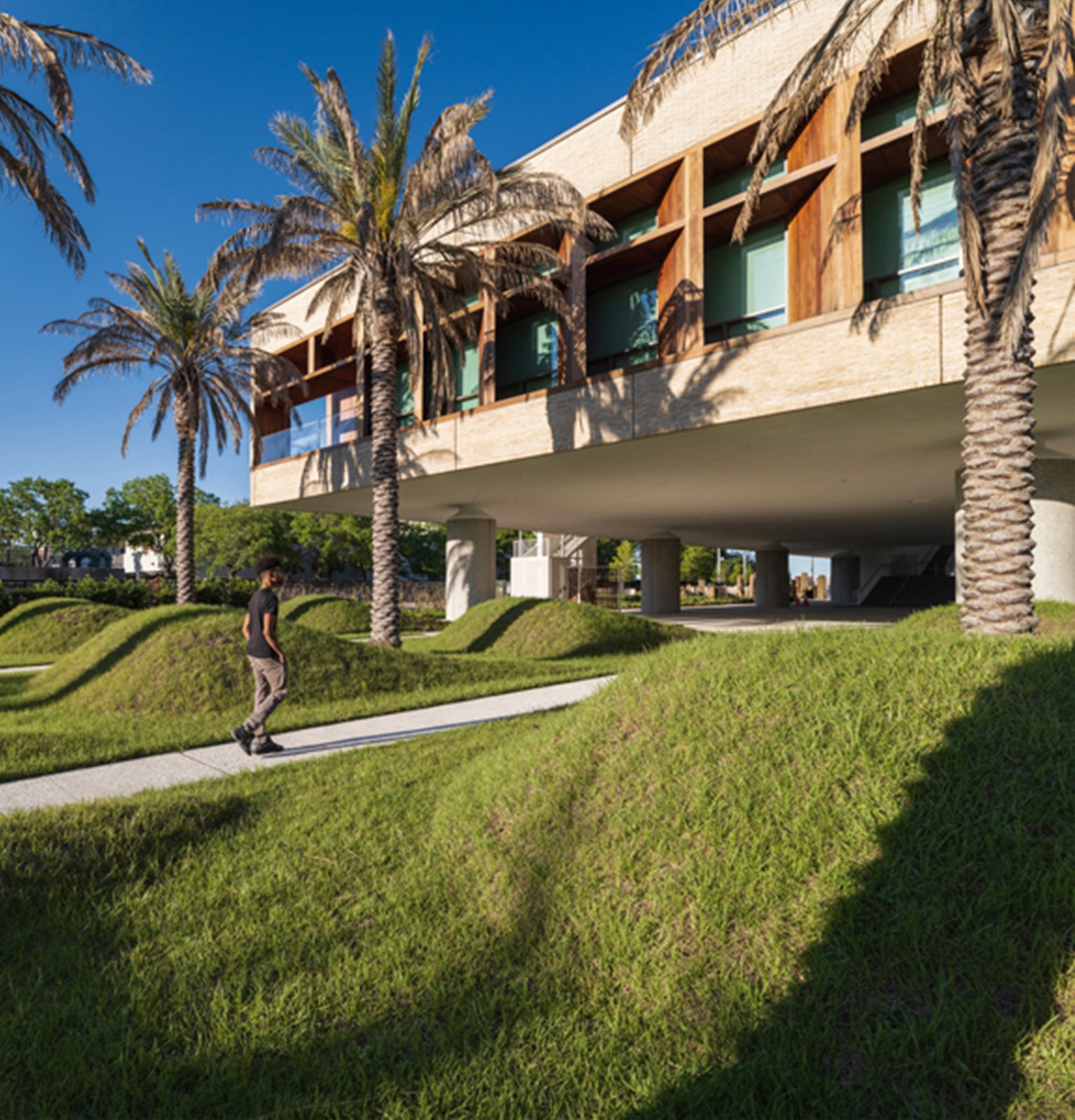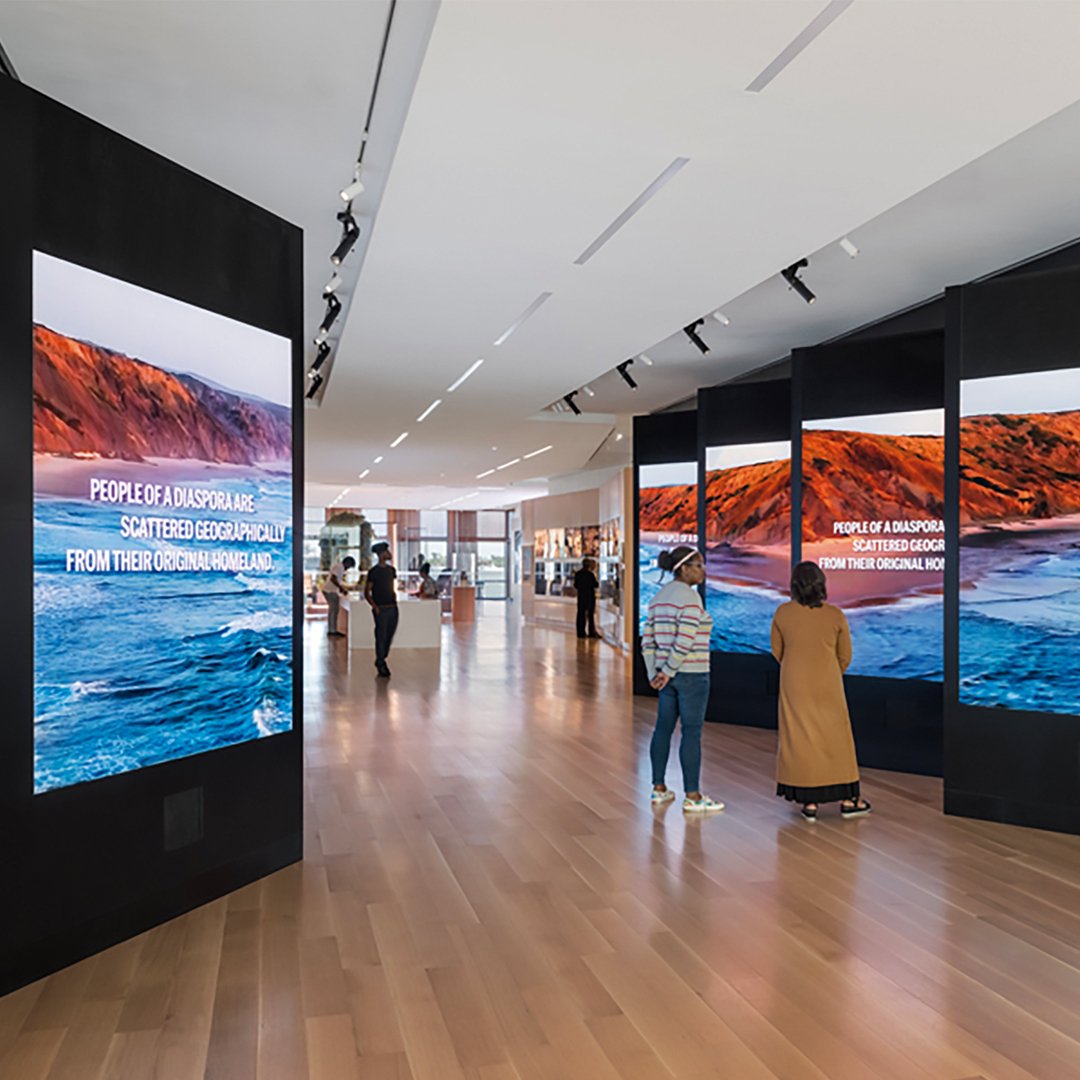
Overlooking the old dock in Charleston, where almost half of the slave population first entered North America, the International African American Museum in South Carolina (USA), which recently opened to the public after more than two decades under construction, does not go unnoticed. It is the result of great commitment and collaboration between special houses.
It sits in a building designed by Pei Cobb Freed & Partners and Moody Nolan, with landscaping by Hood Design Studio and exhibition design by Ralph Appelbaum Associates. The studios worked together to create a piece of architecture and an environment that would honour the history of the location, while supporting a range of exhibitions, events and educational resources. The shape reflects the guiding principle articulated by the principal and initial designer, the late Henry N. Cobb, for whom location was paramount.
It is the latest pilgrimage spot for the descendants of enslaved Africans, whose arrival in the Western Hemisphere begins at the docks of the Lowcountry coast. But it is also a lesson in humanity for us all.
Within its 14,000 square metres it houses exhibits and artefacts that explore how the work, perseverance, resilience and cultures of African-Americans have shaped the Carolinas, the nation and the world at large. It also includes a genealogical research centre to help families trace their ancestors’ paths from the point they arrived there.
«More than a mark of architecture, it’s an extraordinary milestone »
It sits in a building designed by Pei Cobb Freed & Partners and Moody Nolan, with landscaping by Hood Design Studio and exhibition design by Ralph Appelbaum Associates. The studios worked together to create a piece of architecture and an environment that would honour the history of the location, while supporting a range of exhibitions, events and educational resources. The shape reflects the guiding principle articulated by the principal and initial designer, the late Henry N. Cobb, for whom location was paramount.
It is the latest pilgrimage spot for the descendants of enslaved Africans, whose arrival in the Western Hemisphere begins at the docks of the Lowcountry coast. But it is also a lesson in humanity for us all.
Within its 14,000 square metres it houses exhibits and artefacts that explore how the work, perseverance, resilience and cultures of African-Americans have shaped the Carolinas, the nation and the world at large. It also includes a genealogical research centre to help families trace their ancestors’ paths from the point they arrived there.
«More than a mark of architecture, it’s an extraordinary milestone »









